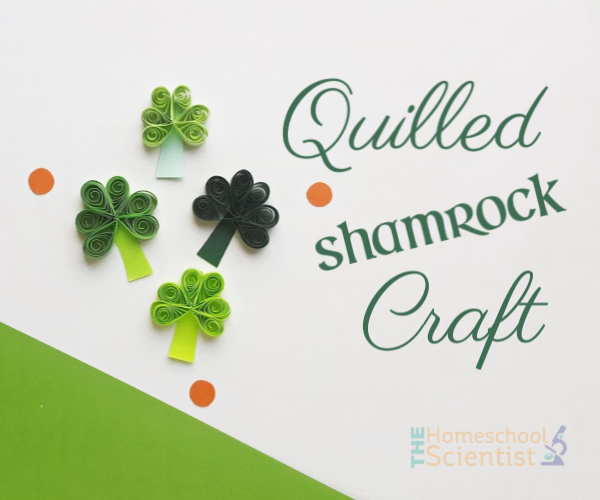The History And Botany Of The Shamrock
St. Patrick’s Day is almost upon us again! A day to wear green, try to trap a leprechaun, look for the pot of gold at the end of the rainbow, and celebrate all things Irish – even if you aren’t Irish at all!
In the town we live in, St. Patrick’s Day is HUGE. The whole place shuts down for early morning Irish breakfasts, a fantastic parade, and then partying in the streets all day and all night. There are activities for the whole family. It is tradition for my kids and I to go to the parade and then meet with friends later for some corned beef and cabbage.
In the sea of green on St. Patrick’s Day you will see plenty of one of its most popular symbols, the shamrock. This green three-leafed plant is synonymous with St. Patrick’s Day and Ireland, for that matter. When we see the shamrock, we think Irish. But, what is a shamrock and how did it become what it is today?
The History Of The Shamrock
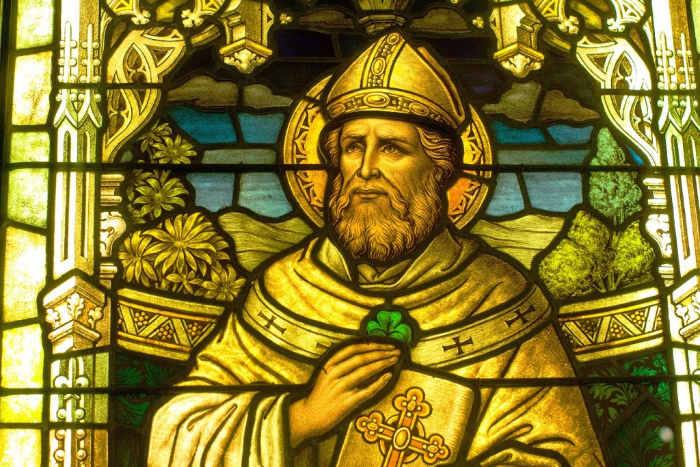
Legend has it that St. Patrick, the patron saint of Ireland, used a three-leafed plant called the shamrock to teach the people about the holy trinity – the Father, Son , and Holy Spirit – as he was converting them to Christianity in the 4th century. The use of something common like a plant helped the people remember this important teaching. The three leaves of the shamrock are, also, traditionally thought to symbolize faith, hope, and love.
The word “shamrock” means “little clover” in Irish Gaelic, but it did not appear in early Irish literature until after it was repeatedly mentioned in British writings in the 1500s noting some of the “wild Irish” people ate shamrocks – “Shamrotes, watercresses, rootes, and other herbes they feed upon.” The funny thing is that there is no evidence of people eating clover. There is however, evidence of people eating wood sorrel, another common plant having three leaves like the clover.
Related post: Quilled Shamrock Craft

As the legend of St. Patrick and the shamrock grew, so did the popularity of the shamrock. In the 17th century, it became common to wear a shamrock on the feast of St. Patrick. Over time, shamrocks were used as emblems for local militia raised to fight off outside threats to Ireland. The shamrock became so important to the Irish people that it became an official national symbol in the 18oos.
The shamrock was such symbol of national pride and independence that it was actually banned for use by Irish regimens by Queen Victoria of England when Ireland came under British rule. Since then, the shamrock has been incorporated into the Royal Coat Of Arms Of The United Kingdom.
Shamrock Botany
So, what is a shamrock, botanically speaking?
The truth is nobody really knows!
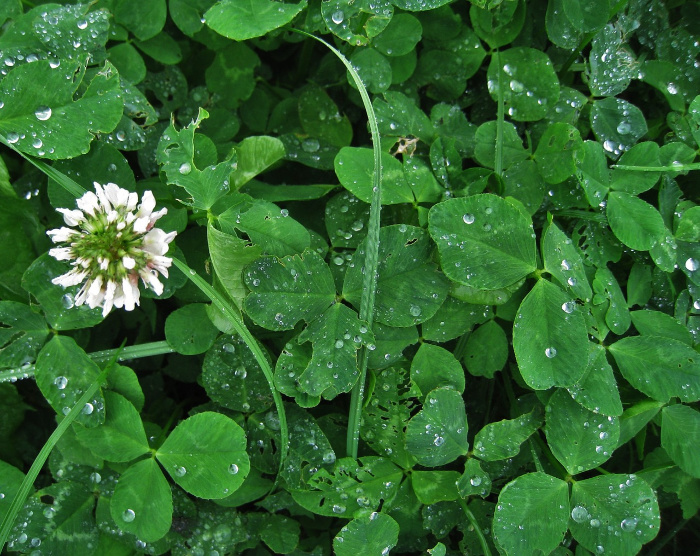
Traditionally, shamrocks are considered one of several species of clover, most commonly the white clover or the lesser clover. Oxalis, or wood sorrel, are sold in stores this time of year and called the “Shamrock Plant”. Even though they have three leaves, they are not considered true shamrocks by botanists and most Irish people.
Related post: Starting Seeds Recycling Project
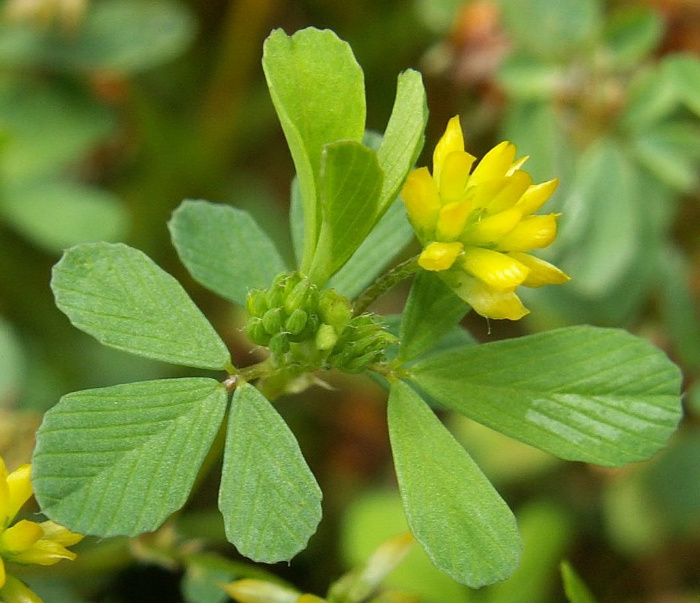
It seems that in some regions of Ireland the people consider the white clover a shamrock, where as in other regions the lesser clover seems to be the clear choice. And, over the last 100 years these ideas have changed and shifted somewhat. (for more info)
What About Four-Leafed Clover?
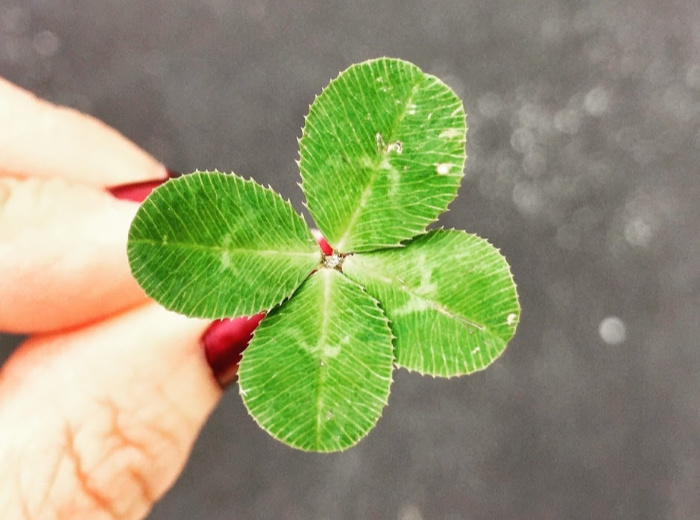
People sometimes think of the four-leafed clover as a shamrock and they are used in many St. Patrick’s Day decorations. Actually, that would be a four-leafed shamrock!
Occasionally, a genetic mutation causes the growth of a fourth leaf onto a sprig of clover. While the three leaves of clover represent faith, hope, and love, this rare fourth leaf is said to represent luck. Your chances of finding a four-leafed clover in the wild is 1 in 10,000 clover sprigs.
Shamrock Craft
Learn about the art of quilling and make these beautiful shamrocks for St. Patrick’s Day!
St. Patrick’s Day Science
Add some science to your St. Patrick’s Day! Check out my new St. Patrick’s Day Science Pinterest board. I’m adding new stuff there all the time!
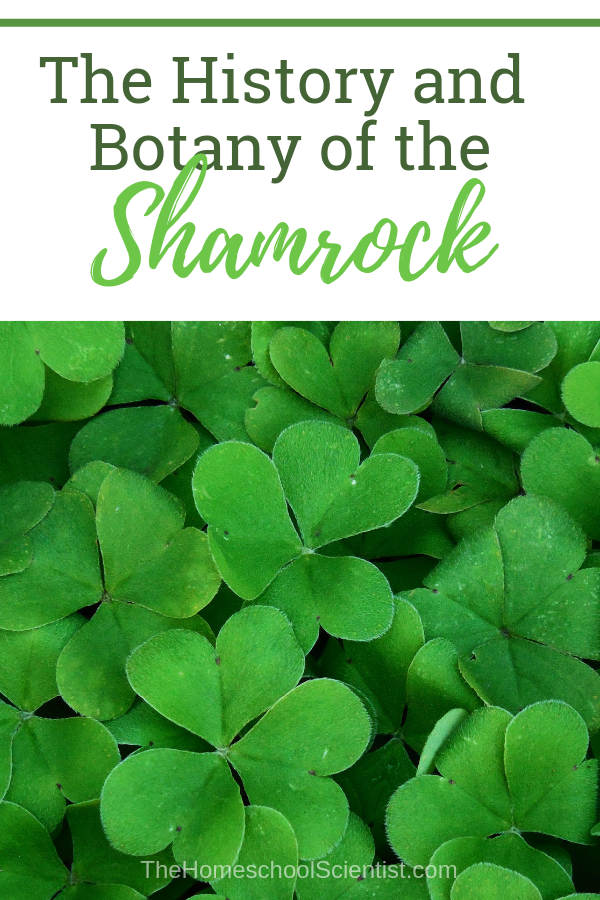
I hold a master’s degree in child development and early education and am working on a post-baccalaureate in biology. I spent 15 years working for a biotechnology company developing IT systems in DNA testing laboratories across the US. I taught K4 in a private school, homeschooled my children, and have taught on the mission field in southern Asia. For 4 years, I served on our state’s FIRST Lego League tournament Board and served as the Judging Director. I own thehomeschoolscientist and also write a regular science column for Homeschooling Today Magazine. You’ll also find my writings on the CTCMath blog. Through this site, I have authored over 50 math and science resources.



